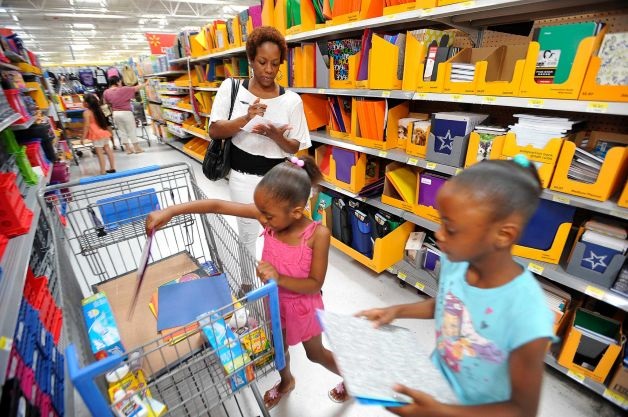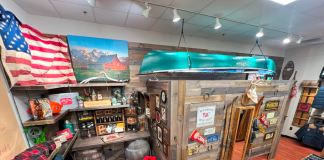A third of U.S. consumers say they have been engaging in more experiences such as dining out, attending sporting events, movies, gatherings with friends in the last three months as they did in the prior three months, according to the NPD Group, an American market research company.
In coming months, retail impacts will be felt as consumers ready for the anticipated return to more “normal” in-person activities, including the start of the school year, and returning to the office in some capacity.
Looming over the list of factors expected to effect retail in September and beyond are the new developments and uncertainty related to the Delta variant of the COVID-19 virus, which will continue to change the retail dynamic through this period and yet another unique holiday shopping season.
“These interruptions underscore the importance of not trying to anticipate marketplace activity but rather being nimble in reaction to it,” said Marshal Cohen, chief retail industry advisor for NPD.
U.S. retail results saw a brief dip in early-mid July, but otherwise have continued to show positive comparisons to both 2020 and 2019. Dollar sales of U.S. discretionary general merchandise rose 10 percent in the week ending July 31, over the same period two years ago, and 12 percent over 2020, according to “Retail Early Indicator” data from NPD.
The beginnings of some back-to-school shopping influence surfaced in growth in accessories, apparel, footwear, beauty, and office supplies.
The amount and ways in which consumers are spending their free time is changing,
In July, 39 percent of consumers say they have more free time than before the pandemic, only slightly less than the 44 percent who indicated as such in February.
One in five U.S. consumers already started their holiday shopping as of July, while 28 percent haven’t even started to think about their holiday shopping yet.








